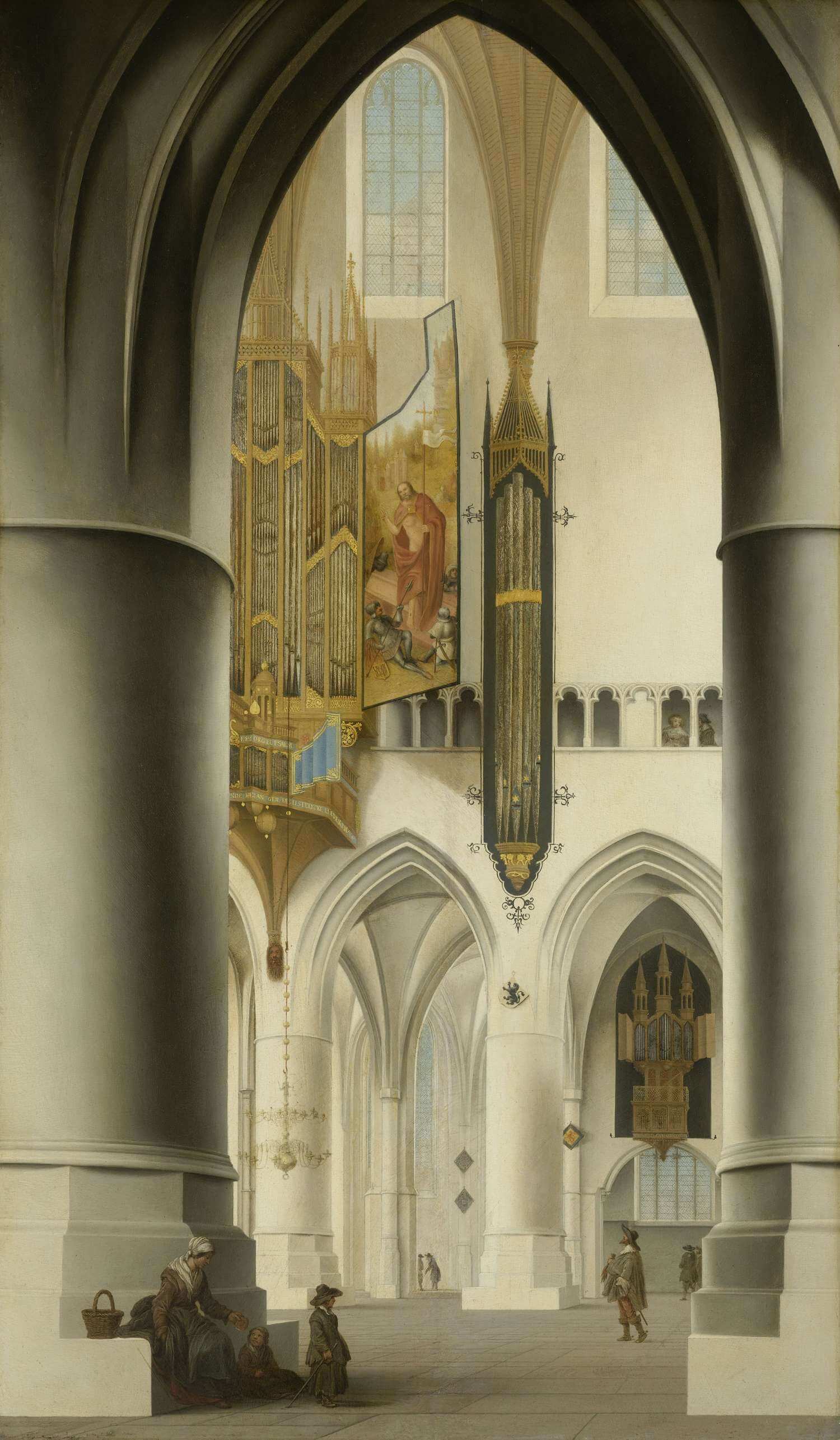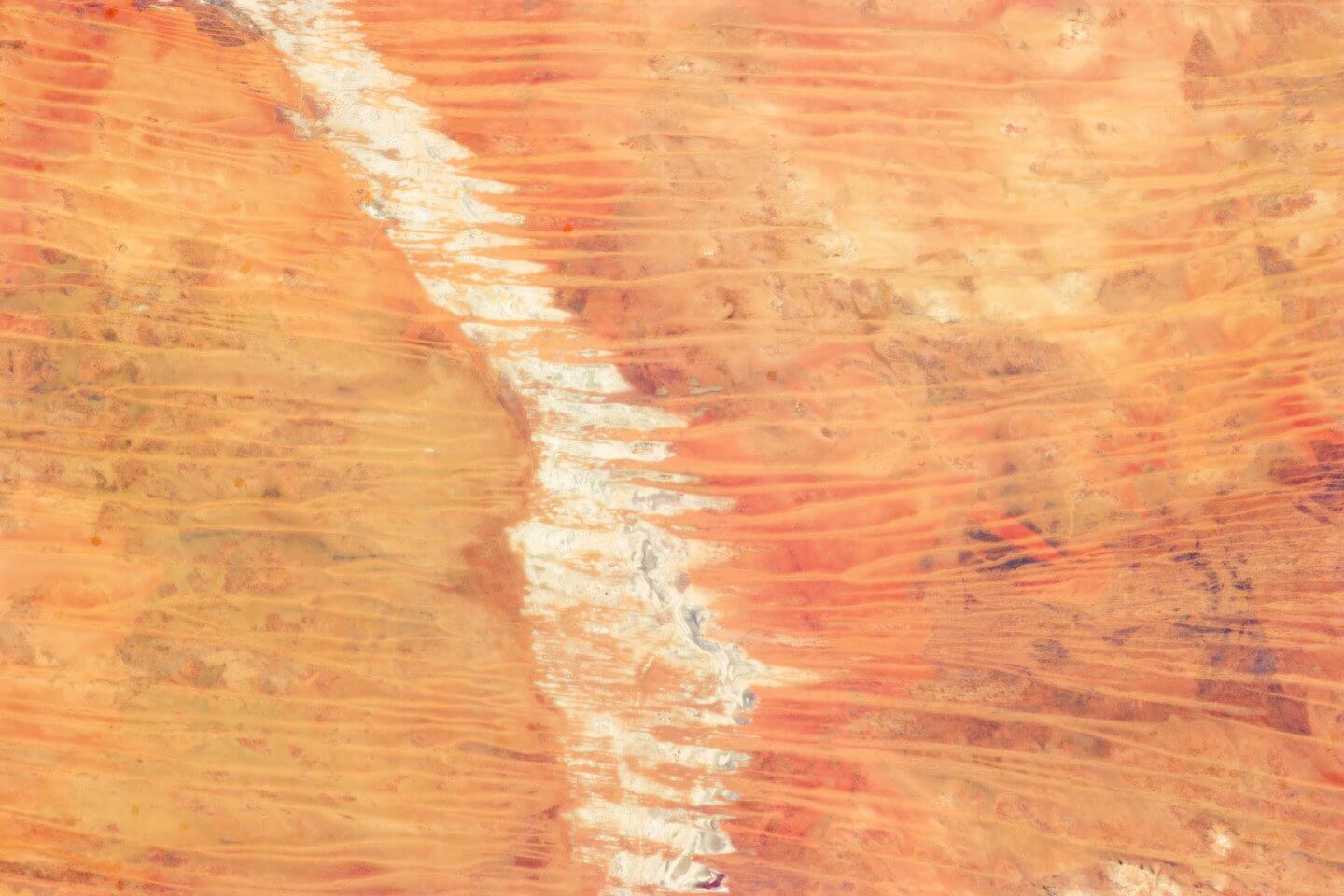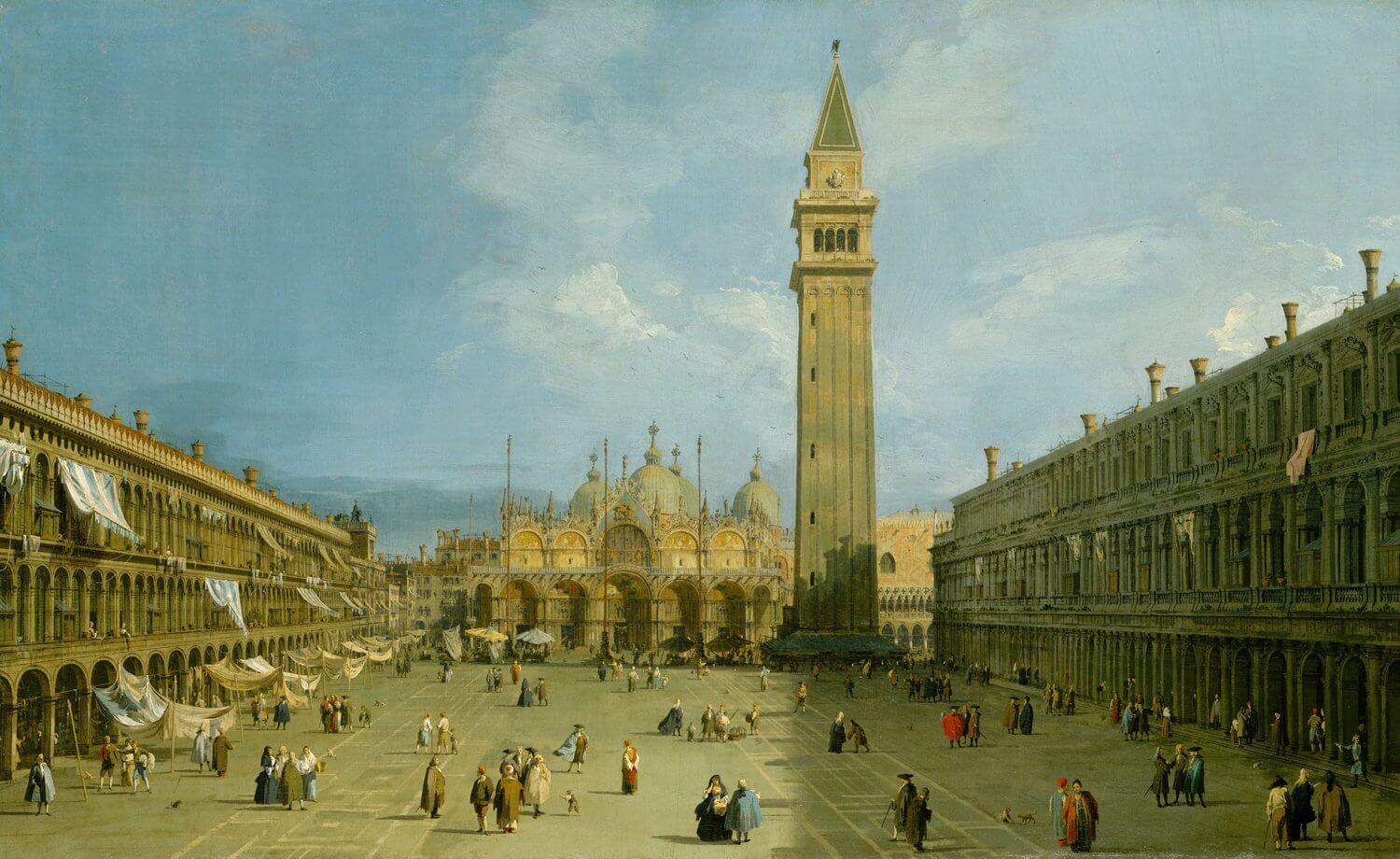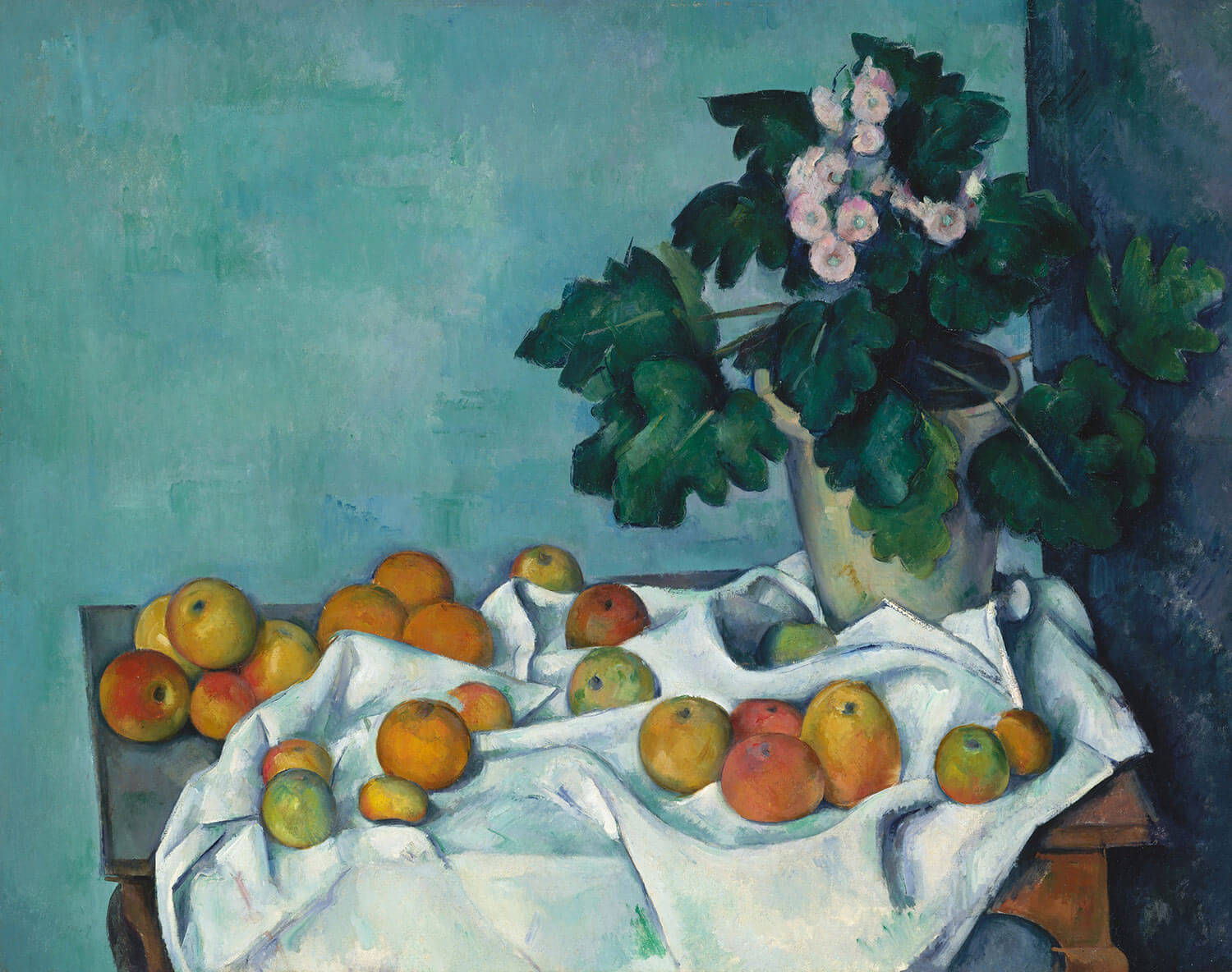type
status
date
slug
summary
category
tags
password
icon
文章来源说明 什么事极简主义? 如何践行或学习极简主义

DIA BEACON.
Published by Bridge Apulia USA N.9, 2003
Having lived many years in New York City, I am accustomed to the visual challenges that this metropolis is constantly offering. Modern art museums, in particular, have competed to offer the greatest impression on the visitor, by proposing ever-different environments for their exhibits. One of these settings is the partially restructured, antiquated factory. It appeared at first as a variation of the artists’ studios that had blossomed in the lofts derived by dismantled plants. The Minimalist movement, specifically, welcomed it because of its large spaces and unusual lighting conditions.
To create a larger adaptation of these galleries or museums in a country setting seemed almost an unrealizable project. After all, who would spend over an hour of train to reach a museum that copycats, even if at a larger scale, the preexisting ones of Manhattan? The creators of this new temple of the arts had something else in mind, though.
Arriving in Beacon, a marginal, sleepy town approximately 63 miles from midtown Manhattan, you would expect to find the seclusion that one strives for when visiting such areas. The vast open spaces of the Dia:Beacon Riggio Galleries, 240,000 square feet of exhibition galleries, could not be considered crowded unless an army of invaders would decide it to make it its primary target. Somehow, though, it is atypical, almost bizarre, that the sensation of visiting a NYC museum was in essence recreated in this outlying village, together with the uninterrupted flow of visitors of all ages.
The entry is impressive. A small, darker atrium leads to a vast series of galleries, brightly illuminated by a myriad of skylights, The first room visible is empty, but for a cycle of sculptures by the famed artist Walter De Maria. A twosome formed by a square and a circle having the same areas and raising above the floor only a couple of centimeters or so, is replicated six times, each times in a slightly diminished size from the precedent, placing it at a distance equivalent to the sum of the previous two sculptures. The effect that these sculptures would like to obtain on the visitors would be of a gentle visual distortion. What really ensues is that this room appears gargantuan in its deceptive emptiness.
After such a jolt, no surprise should be possible. Even in this, though, I had to amend my thoughts. As an art critic who, as a rule, spurned the Minimalism movement and its works, I can assure you that my experience with these generally uncluttered areas was inspiring and mortifying at the same time.
Placed in the spatial context they deserved, these artistic creations finally seem to express the inspired emotions of their creators. Not anymore constrained in the narrow accommodations of the urban galleries, some of the works project a sculptural implication that could not be evaluated previously. They have a deliberate, cathartic impact on the disinclined admirer, producing visual alterations that range from the inability to calculate distance to full blast optical illusions. In one case, where the walls of a sculpture (Torqued Ellipse II, by Richard Serra) appear to collapse on the daring visitor who entered its realm, disorientation is the most probable outcome. Some, unfortunately, retain their somber lack of esthetics, typical of the Minimalists.
The genius behind the conception of the Dia:Beacon is not so much in having chosen a well-balanced array of artists, but in having allowed, for the most part, an ample breathing space around the artworks, which generates a response of its own. The observer is therefore absorbed as much by the apparently neutral surroundings as he or she is by the works. The artistic production, more often than not, integrates itself with the locale, producing a thoroughly studied, desirable ambiance. Just as the proper frame emphasizes the chromatic equilibrium of a painting masterpiece, the appropriate balance between the lighting, whether it is natural or artificial, and the quarters in which the artwork is located, decides toward the likelihood of being recognized as the artist desired. Most of the works present in this original museum find a suitable environment and convince the viewer that proportions and textures may be filtered in many different ways and, therefore, beauty is truly in the eyes of the beholder.
What I find odd is that an artist can produce such dissimilar works, in terms of quality and esthetics, that one may not recognize the artifacts as originating from the same person. Richard Serra, for example, offers magnificent, colossal, contorted sculptures, which are reminiscent of abstract art in spite of the seeming simplicity of their geometrical forms. In the next rooms, the visitors look upon his other “art” with a puzzled expression and leave almost in disappointment. If the artist intended to portray a room after some careless contractor’s visit, he definitely achieved it. The problem with it, and for that matter also with the works by Robert Smithson and Imi Knoebel, is that the installers decide the position of the components to their liking. Notwithstanding the disputable validity of the composition, no accurate replication of the original project may be obtained. Is the artist really the author? They seem to be more ideas, concepts, rather than artistic creations. Interesting, yes, even original, but somehow more aimed at being a challenge to the accepted art canons than becoming an artwork themselves.
Another artist who offers works of very different significance is the abstract sculptor John Chamberlain, legendary for his utilization of crushed automobile parts. Although most of his sculptures have a solid, well-balanced effect on the onlooker, some fade in an undesirable anonymity, even in such a marvelous setting.
When visiting the area purportedly dedicated to the composition “North, East, South, West”, by Michael Heizer, a very awkward situation arises due to the presence of protective plastic barriers, conveniently placed at a distance. In all honesty, the disappointment of not being able to perceive the 20-feet depth of the gigantic, geometrically shaped craters, or displacements as cited by the catalogue, is balanced by the awareness of the possibility of injury, in the event of too close a proximity to their edges. Still, the desire to witness such an original, though not unique, artwork is strangely compelling for someone who, until few hours before, had the conviction that art needed to follow certain guidelines and that this artistic movement did not meet them. When they chose the name Dia (Greek for “through”), the founders, Philippa de Menil and Heiner Friedrich, definitely had in mind people’s reactions to these presentations.
Andy Warhol’s single work, originally composed by 102 individual canvases with the same enigmatic images, colored in varied shades and tonalities, is restricted slightly in number by the wall space availability (really!), but even so it conveys an unmistakable message of solidity in its chromatic variations of the duplicating images. Even Warhol, in a sporadic, noncommercial urge, described it as simply “a photo of a shadow in my studio”. Positively a decorative, pleasing and convincingly Pop Art work, Warhol’s compositional elements differ quite clearly, as does the work by Blinky Palermo, from the remaining exhibited artists because of the dazzling use of the colors.
The works by Agnes Martin and Robert Ryman, though not necessarily for their choice of subjects, are very brilliant. The brilliance lays in their use of white and off white tints in an all-embracing distinction from the white walls. While Martin attempts to justify her work by filtering shades and gentle lines across her paintings, Ryman tries instead to define its work by the existence of a wood border to the underlying canvas’ structure! This artistic pretense undoubtedly defies even the most genuine gullibility. All I can surmise is that most viewers will not be sophisticated enough to understand the “contrast” of white on white.
In a separate gallery, upstairs, one can find various works by Louise Bourgeois. This very active and creative nonagenarian is more of a surrealist than a minimalist. Her best work, Spider, a five-meter tall metal sculpture, is located purposely in a dimly lit section, offering the full power of its gloom. Her other works range in media from a tenebrous marble to a shimmering brass and are produced with an intellectual coherence that only an artist of her caliber may possess. On the other hand, her evident obsession with phallic symbols seems to illustrate a possible trauma from her early years. You can also capture the unresolved issues with her father’s authoritative manners in one particular work, “The Destruction of the Father”. Don’t expect to come away unscarred from this viewing experience.
Bruce Nauman's installations occupy the lower level, a shadowy, open area. The fascinating experience of pacing through his works is vaguely evocative of a visit to a science museum, where the interactive displays often defy human perception.
Hanne Darboven’s monumental Kulturgeschicte 1880-1983, with all the respect that a work of this dimension deserves, if anything at least for the effort, is more of an illustrative project than an artwork. The impact of viewing 1,590 framed sheets pasted orderly, one after the other, in a compulsive filling of every little inch of wall, is a visual occurrence to be experienced. Stamp collectors will appreciate it even more for its daunting similarity to a “collecting album” page assortment.
The appealing formations of colorful lengths of yarns by Fred Sandback are impressive because of their ethereal qualities. They are lines of inconsistencies defining geometrical nonentities, surrounding and penetrating the spaces in an everlasting sensation of serenity. It is such a shame that the artist took his life on June 23rd of this year. He surely will be missed.
I have to confess that the works of Weiner and Kawara did not particularly impress me. There may be a factual meaning to words representation, but where is the individuality of the art piece? Do they constitute eccentricity or talent? I opt for the former.
Bernd And Hilla Becher's photographic record of industrial architecture is attention grabbing and rational in its aseptic approach. Joseph Beuyes’ photographs are more intimate and significant in the emotional bearing on the viewer.
Sol LeWitt’s opus is suggestive of abstract expressionists’ early works, with a twist toward linearity and a rebuttal of any chromatic experimentation.
Gerard Richter’s site-specific work consists of six four-meter-square dark mirrors, hanging obliquely from the walls. They offer a complex of reflections that bestow a distinct, dreamy character to the room.
Although celebrated in his times, Dan Flavin seems to have created pleasant compositions with commercial fluorescent tubes that would be more appreciated as front windows’ compositions for an upscale department store than artistic, identifiable and inimitable pieces. The effect on the visitor, though, because of the spatial context into which it is inserted, is mesmerizing and worth the visit.
Dia has launched an educational program in September 2003 with Beacon’s Rombout Middle School, combining writing and personal expression with visits to the Riggio Galleries, focusing on “learning to look”. I am certain that this program will be more than successful. The only objection to the visits of such young students is the risk of possible “accidents” in the areas occupied by Robert Smithson’s works, where the media and the positioning of such works is an open invitation to a dare.
Dia:Beacon Riggio Galleries is undeniably the artistic equivalent of a theme park, with an emphasis on luminosity, visual expansion and spatial methodology that allows the interested visitor to appreciate artwork that normally he would neither view nor be acquainted with.
Dia:Beacon is a museum for Dia Art Foundation’s renowned but rarely seen permanent collection of art from the1960s to the present
Opened on May 18, 2003, the museum is located in an historic steel, concrete and glass industrial building, designed by Nabisco’s staff architect Louis N. Wirshing. Its most recent owner, International Paper, donated the structure to Dia Art Foundation in 1999. Leonard Riggio, founder of Barnes & Noble, and his wife Louise, after whom the galleries are named, made possible the founding of this museum through their philanthropy. Dia:Beacon Riggio Galleries is a five-minute walk from the MetroNorth train station in Beacon, New York .
For the prospective visitor that is not familiar with this type of installations, mostly minimalist, conceptual and abstract, it is suggested to visit the Dia:Beacon web site before visiting the museum (www.diabeacon.org
极简主义(英语:Minimalism),是第二次世界大战之后的1960年代所兴起的一个艺术派系,又可称为“Minimal Art”,作为对抽象表现主义的反动而走向极致,以最原初的物自身或形式展示于观者面前为表现方式,意图消弥作者借着作品对观者意识的压迫性,极少化作品作为文本或符号形式出现时的暴力感,开放作品自身在艺术概念上的意像空间,让观者自主参与对作品的建构,最终成为作品在不特定限制下的作者。
当代的极简主义渐渐升华成一种生活方式、消费观念及对于物品的取舍之价值观。其最核心的主张便是“less is more”,旨在于丢弃和删减对于生活中不重要、替代性高、不真正喜欢的物品(less),来获得对于生活上、视觉上、居住空间上的拓展、减少不必要及冲动消费额外多出的钱、获得心灵上的平静及思考的空间(more)。极简主义者(minimalism)通常表现对于物质的高度自治,能觉察生活中被强行赋予价值的物质并避免购买劣质品,转而透过买少、买好、用久的理念,减少快时尚及劣质品对于环境及自身的伤害。当人们拥有更少的东西时,他们可以更容易地保持清晰的思维,更容易专注于重要的事情。同时,减少物品和活动意味者避免时间和金钱的浪费,有助于把人生最重要两项资源集中在最需要的地方。[1]
影响[编辑]
视觉[编辑]
视觉方面,极简主义主张艺术作品不是作者自我表现的方式,采用简单平凡的四边形或立方消隐具体形像传达意识的可能性,使用重复或均等分布的手法,物料方面则尽量减少加工,采用原物表里原来质感为卖点。
音乐[编辑]
主条目:简约音乐
音乐的极简手法大多表现为重复的音节及最少的变化,以持续的低音、节奏或长音的方式暂停音乐演进(stasis)。除了正统音乐之外,也有不少摇滚乐、电子音乐、电影配乐及电子游戏背景音乐等受到简约风格的影响。
文学[编辑]
主条目:简约文学
文学上的极简主义表现为文字的节约性,以平铺直叙的方式,减少华丽的词藻,让读者主动参与内容成为文本角色,避免作者的主导对读者解读时出现的压抑,此类文学主要以松散的文体,如生活絮语、散文编章甚至箴言或短句形式表现。
建筑[编辑]
主条目:简约建筑
舞蹈[编辑]
主条目:简约舞蹈
舞蹈的简约表演艺术主要开始于比利时编舞家安娜.泰瑞莎.姬尔美可 (Anne Teresa De Keersmaeker),经典作品《Rain》风格体演在身体动律展演出简约,清楚的动作,配合简约风格音乐家斯蒂夫·莱奇(Steve Reich)的编曲。安娜‧泰瑞莎‧姬尔美可(Anne Teresa De Keersmaeker)作为比利时罗莎舞团的灵魂编舞不但在欧洲舞坛拥有举足轻重的地位,更被国际推崇为二十一世纪当代现代舞大师。她的舞作风格以丰富的动作组合、流畅的场面调度、以及卓越的音乐品味著称。并以在简约俐落的动作中,自然流露出优雅现代都会女性特质而声名远播。 [2]
主要代表人物[编辑]
- 视觉艺术:唐纳德·贾德(Donald Judd)、Carl Andre、Ellsworth Kelly、Agnes Martin、Ludwig Mies van der Rohe、朱铭 (Juming)Frank Stella(绘画)
- 文学:John Barth、瑞蒙·卡佛 (Raymond Carver)
- 科技:史蒂夫·乔布斯
- 舞蹈:安娜.泰瑞莎.姬尔美可 (Anne Teresa De Keersmaeker)
- 建筑:路德维希·密斯·凡德罗 (Ludwig Mies van der Rohe)、安藤忠雄
🤔 一个简单的开头
- 问题、目标、人物、背景是什么?
为什么读者会对其有兴趣?
- 阻碍、努力、结果
展示你的主要成果
- 意外、转弯
说说你的故事
📝主旨内容
观点1
艺术与建筑
极简主义的本质
探索极简主义在艺术中的精致之美
极简主义可以说是 20 世纪艺术中最大胆、最持久的灵感美学。它一丝不苟地细致推敲,大胆地删繁就简,在色彩、光线、线条、形式等艺术成分上,也许是极致纯粹的典范。最早起源于世纪之交 Piet Mondrian 的新塑主义,到 20 世纪 60 年代在美国的飞速发展,再到今天最鲜明的艺术、建筑和产品设计风格,极简主义一直延续下来并且历久弥新,以它的形象塑造着我们的世界。
极简主义含蓄又令人质疑,它与艺术典范格格不入,有条不紊地萃取视觉文化中最基本的成分,同时探索和拓展艺术创作的形式和潜力。通过挑战我们的本能和引起对艺术最基本角色的思考,极简主义让我们能够客观地看待问题,去除个人因素,只留下纯粹的元素,使主体内容更加鲜明、强烈。
重写现代艺术规则
艺术运动、思想流派和创新的传承很少会是一条可轻松追踪的直线。极简主义和其他任何运动一样,本身就是一种哲学和美学,在视觉文化史上蜿蜒前行了几个世纪,继而在 20 世纪 60 年代纽约的创作热潮中得到巩固。虽然人们可以从古代禅宗艺术中典型的单色空间和线条平面、包豪斯的原色原则以及 Mondrian 充满神秘色彩的构图中找到极简主义艺术美学的证据,但这一运动需要一种对立感才能真正蓬勃发展。
这个对立点来自于抽象表现主义的形式,它表现在 20 世纪中期新巴洛克式风格的美国绘画中,这种画风充满了惨烈的笔触,质感丰富。如 Rothko 和 De Kooning 这样的抽象表现主义者,他们用密集的色彩、巨大的尺幅或疯狂地使用颜料,在画布上灵动地渲染出艺术家的灵魂和心理。极简主义的出现是与此相对应的终极对立,它完全摒弃了内在的情感表现,明确表示要创造“排除一切不必要因素”,创造存在于他们自己现实世界中的艺术作品,而不是模仿或表达除了是它自身以外的任何事物。
这就是极简主义最引人注目、最持久的一面,也是其后现代力量的本质所在。极简主义艺术不试图表现外在的现实,在艺术史上第一次呈现出既不是对周围世界的描述,也不是对内心世界描述的艺术作品。相反,极简主义运动的艺术家们只希望观众仅对眼前的事物做出回应,对占据物理和感官空间的雕塑、绘画和装置作品立即做出回应。纽约艺术家 Frank Stella 在谈到他的极简主义画作时声称:“所见即所见 (What you see is what you see)”,这一宣言主张了艺术无欺骗、以及艺术不试图成为任何其他事物而只是简单的艺术。

“Jill”,1959,Frank Stella。 ©2021 Albright Knox 艺术画廊/艺术资源,纽约/Scala, 佛罗伦萨。©2021 ProLitteris,苏黎世。
渐变色、线条和形式

Richard Serra Sculpture,“Forty Years”,纽约现代艺术博物馆,2007。©2021 Lorenze Kienzle/纽约现代艺术博物馆/Scala, 佛罗伦萨。 ©2021 ProLitteris, 苏黎世。
极简主义和极简邻接艺术的核心有一个矛盾之处,那就是,就其本质而言,它利用最基本、最易识别和最低调的色彩、形状、图案和声音等元素,但却会引起观众强大的情感反应。尤其是极简主义雕塑,他们似乎经常以巨大的造型侵入展览或公共空间,引起人们对其存在的原因以及它们的存在如何影响和改变它们所占据的空间的疑问,其平衡感的表现经常给人强烈的震撼。这一点在 Donald Judd 庄重大气的混凝土作品中表现得很明显,几何图形的阴影投射在干旱的沙漠上;Sol LeWitt 令人眼花缭乱的壁画中表现的亦是如此;Richard Serra 的《倾斜的球面》中也表现的格外鲜明,当观者从其弯曲而高耸的平面下穿过时,产生置身其中的震撼感受。
正如极简主义艺术和雕塑具有鲜明的建筑特质一样,极简主义建筑以及那些为极简主义运动的兴起铺平道路的建筑设计同样也具有雕塑和艺术特质。再次重申,在研究极简主义建筑的发展时,包豪斯的重要性不可低估,它既是一种艺术表达方式,也是现代主义和前卫艺术的一个分支。Mies Van der Rohe 和 Walter Gropius,都曾担任包豪斯的校长,他们的建筑融入了包豪斯设计“少即是多”的口号,并倡导使用不加装饰的表面、直线和暴露的建筑材料。Le Corbusier,包豪斯建筑原则的传承者,同样也是以极简主义的方式来处理他的作品,利用空间和光线来实现建筑所需的所有照明和装饰目的。
在其他备受赞誉的建筑师的作品中也能看到极简主义掀起的阵阵波澜,其中最著名的是墨西哥的 Luis Barragán、日本的 Tadao Ando,以及许多在全球各地工作的当代创意家。事实上,从私人住宅到气势恢宏的摩天大楼,都是以极简主义精致时尚的本质为核心设计理念,通过用单色表面、裸露的梁柱和几何线条创造出更多的融洽与和谐,使“建筑的本质”在设计中熠熠生辉。也许正是这种国际主义,这种缺乏文化约束和文化共识需求的情况,使得极简主义不仅仅成为 20 世纪中期的另一场艺术运动,更是成为今天许多视觉文化的基础。极简主义,以及它的细腻和克制所表现出来的美,早已离开了美术馆,走向了全世界。
美之本质
几何、精确、低调。La Prairie 设计的每一个方面都轻松随意地融入了极简主义和包豪斯美学理念。从彰显极简纯粹与优雅的时尚包装瓶,到产品在虚拟和实体环境中的展示,La Prairie 致力于保护和突出美之本质。

分享此文章:
观点2
🤗总结归纳
参考文章
致谢:
有关Notion安装或者使用上的问题,欢迎您在底部评论区留言,一起交流~
Loading...






